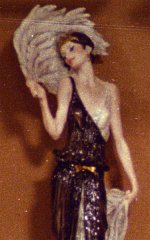ferider
Veteran
Can anyone rank the Hexanon relative to the Tele-elmarit, Elmarit and current Summicron based on personal experience or objective comparisons (images)?
I suspect, never having used one, that it ranks high on the performance/value curve given the positive opinion of it..
My TE 90mm does well but absolutely requires a hood to avoid horrendous flare.
yours
FPJ
FPJ,
Among the lenses you mention, I have used v2 and v3 Summicron, v1 Elmarit, Fat and Thin TE, and the Hexanon.
Frankly ... they all perform very well and very similar, with the v1 Elmarit and TE having the lowest contrast - not low at all, just lower than the others. All very cool lenses; I'm usually not bad in distinguishing lens signatures, but it would be hard for me to recognize which lens was taken for a given picture, given the above set.
Among the above, I kept v3 Summicron and Thin TE. The latter due to size, it is significantly smaller than the Hexanon. Different versions of the TE are differently sensitive to flare, and it seems to be sample dependent, too. Due to speed, the v3 Summicron is in a different league alltogether; it's not much more expensive used than the Hexanon, heavier but not much larger and has a really great signature.
If you want something different, try a 75/1.4 or Nikkor 85/2. 🙂
For sample pictures (including some of mine), please have a look at the M-mount flickr forum.
Best,
Roland.
Last edited:












